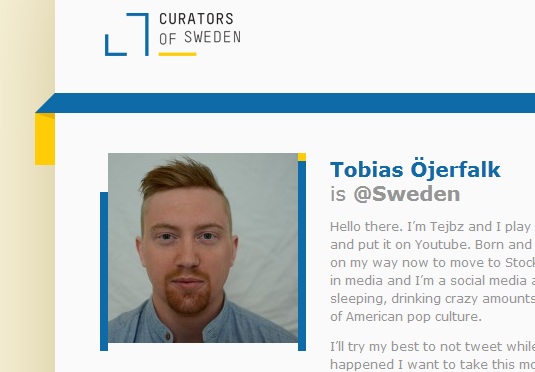 The five Cs of neighborhood planning. Howard Blackson blogs about the challenges of updating community-scaled plans, especially with the personal sentiment people feel for their homes and the difficulty people have in expressing such emotion within conventional 2D planning documents.
Blackson writes about the five Cs of a neighborhood -- complete, compact, connected, complex, convivial – which define the neighborhood.
The five Cs of neighborhood planning. Howard Blackson blogs about the challenges of updating community-scaled plans, especially with the personal sentiment people feel for their homes and the difficulty people have in expressing such emotion within conventional 2D planning documents.
Blackson writes about the five Cs of a neighborhood -- complete, compact, connected, complex, convivial – which define the neighborhood.
Via Placeshakers and Newsmakers
Integrated Sustainable Design. Albert Lam of Southern California blogs about his experience during the three-day outdoor festival Outside Lands in San Francisco and notices that among the trash receptacles and recyclables is another bin: compost.
"I've always said that the best sustainable practices don't necessarily require profound leaps of technology or drastic changes of policy, but should incorporate subtle but distinct changes in habit that target a more efficient way of living. Compost collection is a great example of such practice." – Albert Lam
Via LPA Inc. Blog
Venice Biennale 2012. The jury of the 2012 Venice Architecture Biennale has awarded the United States pavilion a “Special Mention” for it’s innovative installation, Spontaneous Interventions: Design Actions for the Common Good.
Brooklyn-based practice Freecell collaborated closely with the Sausalito-based design studio M-A-D to design a kinetic system of color-coded banners, weights and pulleys, that showcase each urban intervention.
Via Arch Daily
ASLA 2012 Professional Awards. The American Society of Landscape Architects (ASLA) has announced the winners of the 2012 Professional Awards, which honor the top public places, residential designs, campuses, parks and urban planning projects from across the U.S. and around the world.
ASLA will present 37 awards to professional landscape architects and their firms, selected from more than 620 entries in the categories of General Design, Residential Design, Analysis and Planning, Communications, and Research. You can view the winning projects in the September issue of Landscape Architecture Magazine.
(LAM link )
Via The Dirt
(This post isn’t from a blog, but is a very interesting point of view.)
Lean design. Gary Vance and Keith Smith of BSA Life Structures talk about engraining Lean, a certification designed for organizations and individuals who work in healthcare settings to enhance their ability to provide robust reliable care and treatment to each patient, in the design aspect for clients.
Implementing Lean techniques reduces waste and improves quality, efficiency, and safety in the healing environment—all outcomes that can be measured for success. Healthcare organizations are looking for a facility and an operational plan that guides the patient through the healing process and provides accountable care at all levels. Using Lean helps identify how successful a design is at providing that type of care.
Via Health Care Design Magazine
Innovative Social Media
From news aggregator to newsmaker. Reddit’s role as a media influencer and informer has risen steadily and stealthily and the site has increasingly become a place that news, stories and issues are discovered before bubbled up to the mainstream, writes Christina Warren.
On Wednesday, President Obama embarked on a real-time Ask Me Anything session on Reddit, which allows Reddit users to pose queries of all kinds of people. Instead of using any of the other media sources to deliver his message, the President and his campaign advisors chose to target Reddit and Reddit users. Just as Oprah joining Twitter was seen as a turning point for that service, the President participating on Reddit is a breakthrough moment for the service.
Via Mashable



